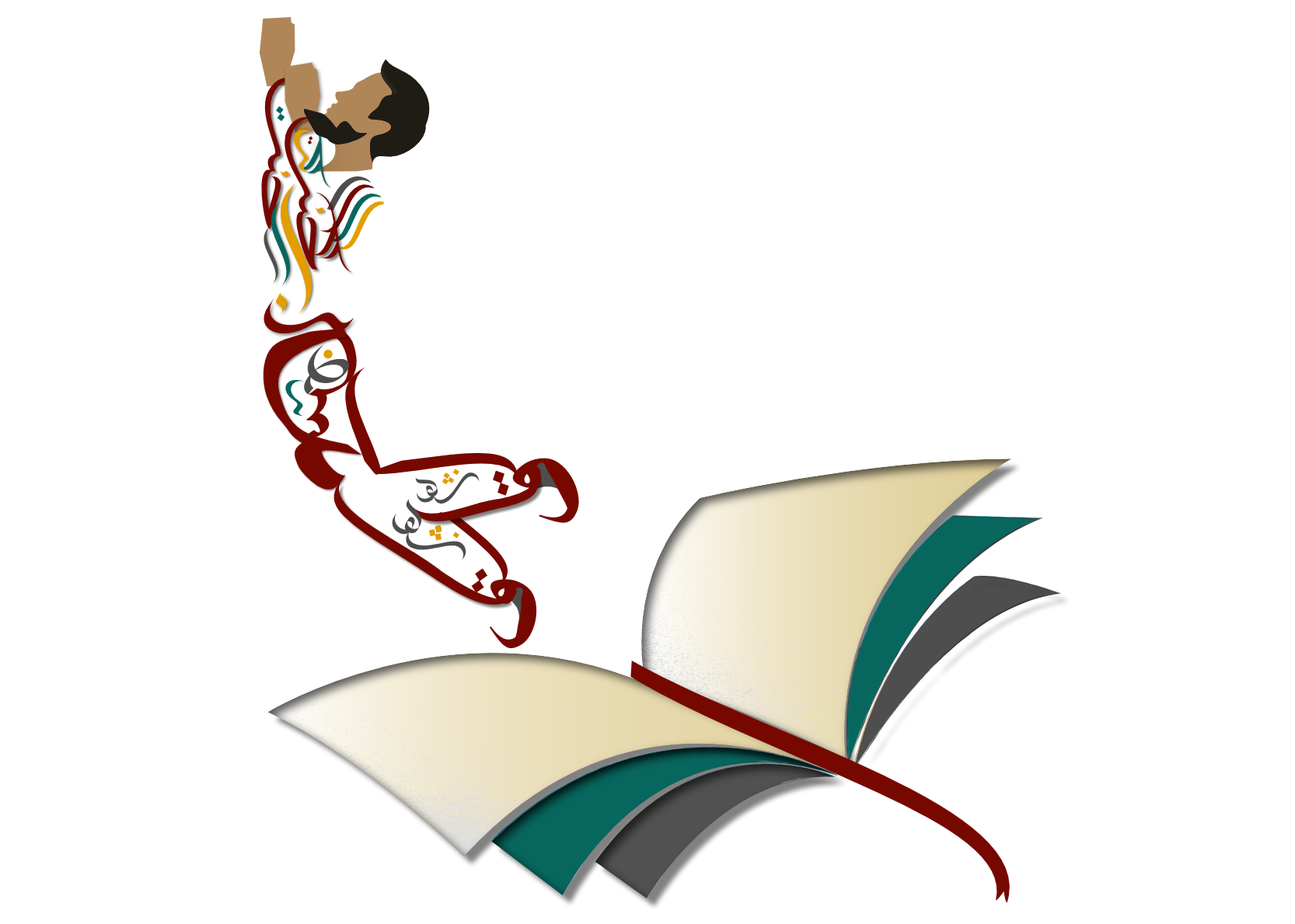We’ve been following Farah’s art on Instagram for a while now and have fallen in love with her creative work. We had the privilege to interview the Libyan jet-setter as she travels to and from London.
Assallamu Alaiykum Farah, Thank you for this interview with Islamic History Project – We are huge fans of your work. Could you introduce yourself to the audience?
Wallakum sallam, I’m Farah -25, born and raised in Tripoli, Libya. I completed my undergrad degree in BSc Architectural Design, Technology & Production and also recently graduated with a MSc in Renewable Energy Engineering. In my spare time, I like to spend time with family/friends and work on creating Islamic patterns.
What attracted you to this style of art?
I have always had an interest for Islamic patterns and calligraphy.
During my Master’s degree a year ago I came across an introductory course by Art of Islamic patterns and thought it would be a great opportunity for me to learn about geometric patterns so I decided to enrol! From there I started practicing and reading books to learn and understand these intricate patterns. I like how these patterns enhanced my knowledge in Islamic history and where they originated from.It is also quite interesting how they differ from country to another. There is always something new you can learn from it whether it be a historical, philosophical or geometrical aspect.

As a Muslim what is your views on the importance of Islamic art?
In this time and age, many people including Muslims do not see the importance of Islamic art and its contribution to different cultures. I think Islamic art plays a crucial role in representing a different image of Islam that people do not expect to see. It also sends a great message to Muslims who neglect art and its importance in building a creative society. I believe art is a very effective way in communicating with other people because you do not have to be from a specific nationality or religion to appreciate art in its different forms. This breaks the cultural bridges between different people making them have more things in common than not.
Do you feel your art resonates with your identity?
Yes – as I mentioned I always had this interest in Islamic art and a huge appreciation for it from a younger age. I was constantly drawn to it whether it is when walking through the Old city in Tripoli and seeing all the tile work or what we call zeliz or even during my travels in countries such as Tunisia, Turkey and Dubai. Seeing geometric patterns applied to different mediums always gave me a sense of happiness. I believe it also affected the way I look at things and the history behind it, I like the idea that Islamic art has been around for centuries and it is still being taught and practiced. Another thing I find fascinating is that, the craftsmen who usually work on these patterns on mediums such as zeliz come from simple backgrounds however the work they produce is far more intricate and complicated than you can imagine.

What obstacles have you faced in developing your art?
The biggest obstacle is trying to balance between my work/personal life and my art. I feel at times that I struggle finding enough time to learn about the history of Islamic art as well as practice and create pieces because they do need a lot of time, concentration and effort. Therefore, right now I am trying to find the right balance between my work and my hobbies.

What advice do you have for upcoming Muslim creatives and artists who are working in the same/ similar field?
Try to read as much books as you can. There are many online resources and useful tutorials that you can learn from, also I find it incredibly helpful to follow artists who are in the same field because it motivates me and gives me inspiration. Try to develop your own style, it might be hard in the beginning especially in the learning process but figure out what your likes and dislikes and apply it to your pieces. Finally BE PATIENT, these patterns need a lot of it.
Where do you plan to take your art in the future?
I still have a long way to go and a lot to learn so for now I want to focus on learning as much as I can and develop my art as well as try different mediums. I would like to travel to more countries and see their application of Islamic art, Morocco and Iran are on my wish list. Ultimately in the future, I hope to give courses/workshops to help spread this beautiful and creative art in my society.
I would like to take the opportunity to thank you for featuring me, it is a great pleasure and honor to have done my first ever interview with you!
It was an absolute pleasure! Best of luck with your beautiful art!
Follow @FarahHarwida on Instagram to view more amazing geometric patterns.
Farah also designs exclusive pieces for sale – to place an order contact Farah.Harwida@gmail.com






One thought on “Meet Farah Harwida: Artist in Islamic Geometry”